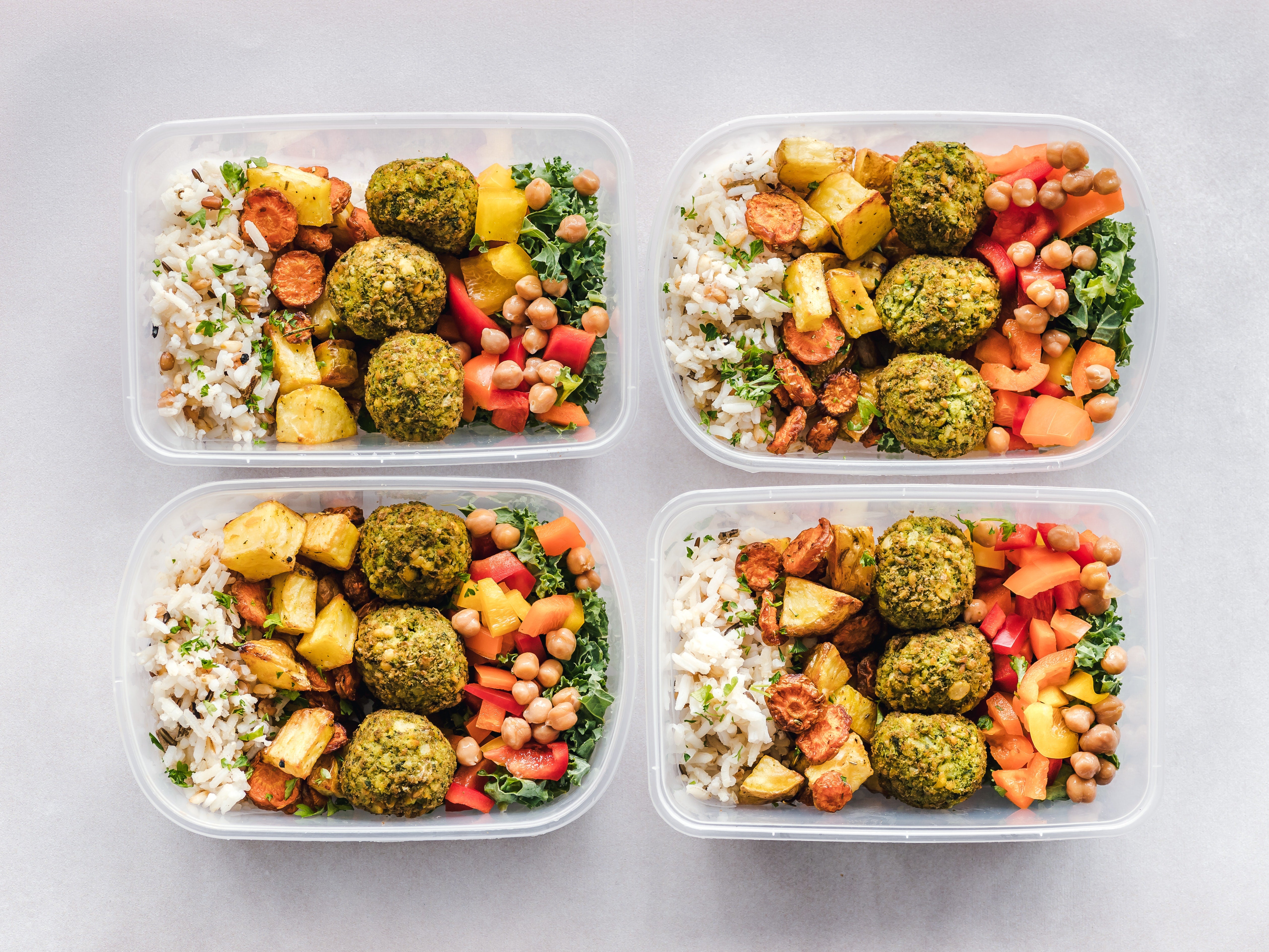
3D printing technology makes it possible for you to create everything in your home from top to bottom. You can even create your own home using it. However, you’ll need industrial-sized printers for that. So for now, we would have to make do with homeware items, such as plates, food containers, and water bottles. If you have always fancied creating your own food-safe homeware items, here is the only guide you’ll ever need for Food-Safe 3D Printing.
Food-Safe Filaments
PETG/PETT/PET
PET is already a common material used for creating plastic bottles and food containers, so 3D printing with PET and its derivatives is considered food-safe.

Nylon
You may not think it, but natural-grade Nylon 6 and 6.6 (sans additives) make for great food- safe materials.
Polypropylene
Polypropylene filaments are one of the most used plastics in the world. Aside from their industrial applications, they are also used for food packaging.
FormFutura Pegasus PP Ultralight
FormFutura Centaur Polypropylene
Tips on Food-Safe 3D Printing
Even though you’re using food-safe filaments, you still need to take the necessary precautions to make sure that your print remains uncontaminated. Here are steps you need to take for food-safe 3D printing.
Coat your print with a food-safe filament
The problem with 3D printing is that any printing you’ll produce will have crevices regardless of how careful you are. These little cracks and spaces can harbour germs and bacteria which can contaminate food. In order to prevent this, you need to apply a food-safe sealant or epoxy on the print to cover up the crevices. Avoid using your 3D print to come into contact with raw meat or eggs which further promotes bacterial growth.
Make sure that the filament you use is food-safe
Using natural and non-toxic filaments is the way to go when 3D printing food-safe prints. PLA without additives is highly recommended since it is made from natural materials. On the other hand, using toxin-filled ABS can contaminate your food and eventually harm you.
Hand wash your food-safe 3D prints
As you know, 3D prints are extremely sensitive to heat so they are bound to warp and deform over time, particularly PLA. Washing them under hot water or with the dishwasher is a major no-no.
Ensure that you have a food-safe extruder
It is not just enough to use food-safe filaments, you also have to make sure that your extruder is food-safe to prevent contamination. Brass nozzles sometimes contain lead so it would be best to avoid them. Stainless steel extruders are considered safer to use.
Don’t use your food-safe 3D print for eating for too long
It might be unsafe to use food-safe 3D prints with food for too long, particularly with hot food. Try to limit their contact with food for a short time.
Food-safe 3D printing may have a lot of precautions involved, but it can be satisfying if done correctly. If you’re still unsure about creating food-safe 3D prints on your own, you can always outsource your projects to us! With our 3D Printing Services, all you have to do is fill up our form and we’ll create it for you. Fill up our form here. If you have any questions, you can also email us at x3d@x3d.com.au.

